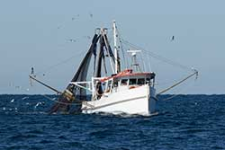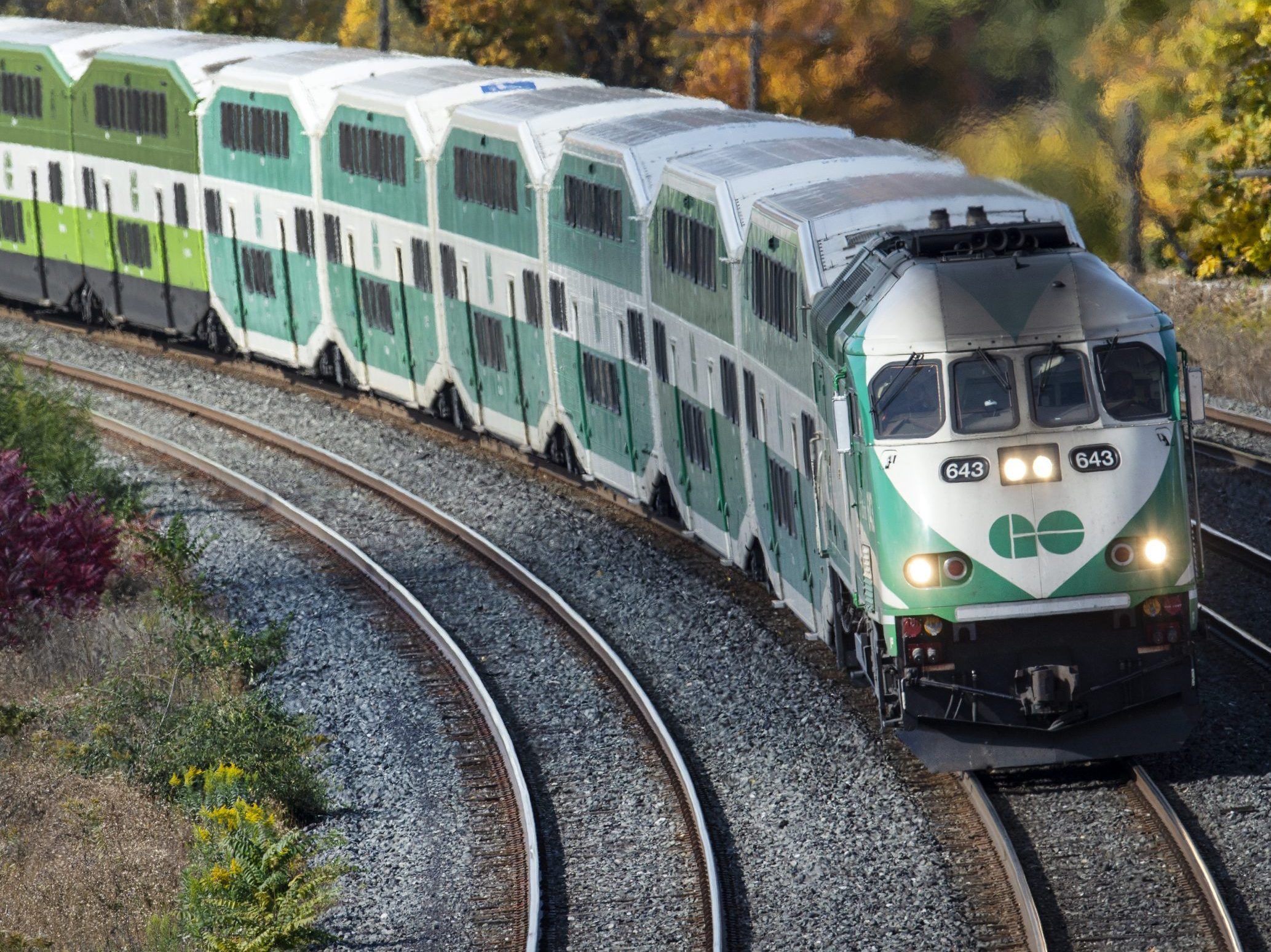LILLEY: Poilievre points out Trudeau's housing affordability failure
Brian Lilley - Aug 21, 2023 – The Toronto Sun
When all else fails, Justin Trudeau blames Stephen Harper. That’s what the PM did on Monday when asked about the housing crisis and his recent comments that housing isn’t really his responsibility.
Strange then that Trudeau is holding a cabinet retreat in Charlottetown, P.E.I., focused on the housing crisis. He’s flown in various experts in the field, all closely aligned with the Liberal Party or progressive politics, to brief them on the matter that he recently said wasn’t his job.
“Housing isn’t a primary federal responsibility,” Trudeau said on July 31 at a federal housing announcement in Hamilton.
Perhaps it was lost on Trudeau that he has a federal housing minister, that he’s in charge of the federal housing body known as the Canada Mortgage and Housing Corp. or that his past several budgets have allocated billions to housing. In the middle of a crisis, though, he didn’t want to bear responsibility.
“The point I made was that the previous government has completely walked away from housing,” Trudeau said Monday when asked about his comments.
Interesting that he looked to blame the Harper government, despite the fact that he has been running the federal government for eight years now. The fact is Trudeau has been warned for years that various policies from his rising immigration numbers to his fiscal policies were contributing to the housing crisis.
“Canada has the lowest number of housing units per 1,000 residents of any G7 country. The number of housing units per 1,000 Canadians has been falling since 2016 owing to the sharp rise in population growth,”
a report from Scotiabank warned in May 2021.
The Trudeau government took the high number of immigrants that the Harper government had been welcoming and boosted them further. Unfortunately, housing supply didn’t keep pace with the number of newcomers.
This is far from the only problem, but it is an area of federal responsibility that added to the crisis. In fairness, all levels of government deserve blame, including those municipal leaders who are forever giving into NIMBY elements in their communities and rejecting new housing proposals.
There are two other areas where the federal government’s policies have or continue to impact housing. Their fiscal policy and their ongoing efforts to try and stop new developments using environmental impact studies.
On the fiscal policy side, the Trudeau government has ramped up spending, which has made inflation worse than it needs to be. Rather than cutting back spending to curtail inflation, they have let the Bank of Canada handle this issue alone, which has meant ever-increasing interest rates. These increases have made unaffordable housing less affordable because they’ve triggered a dramatic rise in mortgage rates.
On the environmental side, the Trudeau government is currently fighting projects supported by local and provincial governments,
like housing in Pickering, northeast of Toronto, by using environmental impact assessments. This is a new tactic; we’ve never seen a federal government try to act like a local planning department before and it is simply getting in the way.
“Vancouver is now the third most unaffordable and Toronto the 10th most unaffordable housing market in the world — worse than New York City, worse than London, England, and worse than Singapore, an island,” Conservative leader Pierre Poilievre noted.
Poilievre has been pointing out lately that Canada has the fewest homes per 1,000 people than any G7 country, while possessing the most land to build on. His point about Singapore being cheaper for housing is more remarkable when you realize that there are about 8,000 people per square kilometre in Singapore, while Canada has four people per square kilometre.
For the price of a home in Toronto, you can buy a castle in
Scotland or Sweden — a tragedy that is leaving too many behind and it is all homegrown.
It wasn’t like this when Justin Trudeau took office; it has become like this under his leadership and thanks in part to his policies. Blaming someone who left office eight years ago just doesn’t cut it.
Neither do Trudeau’s empty words.








